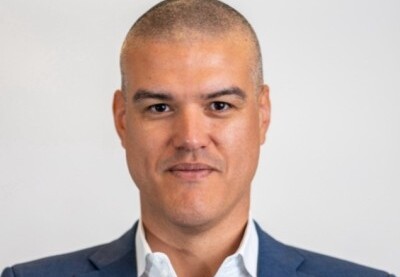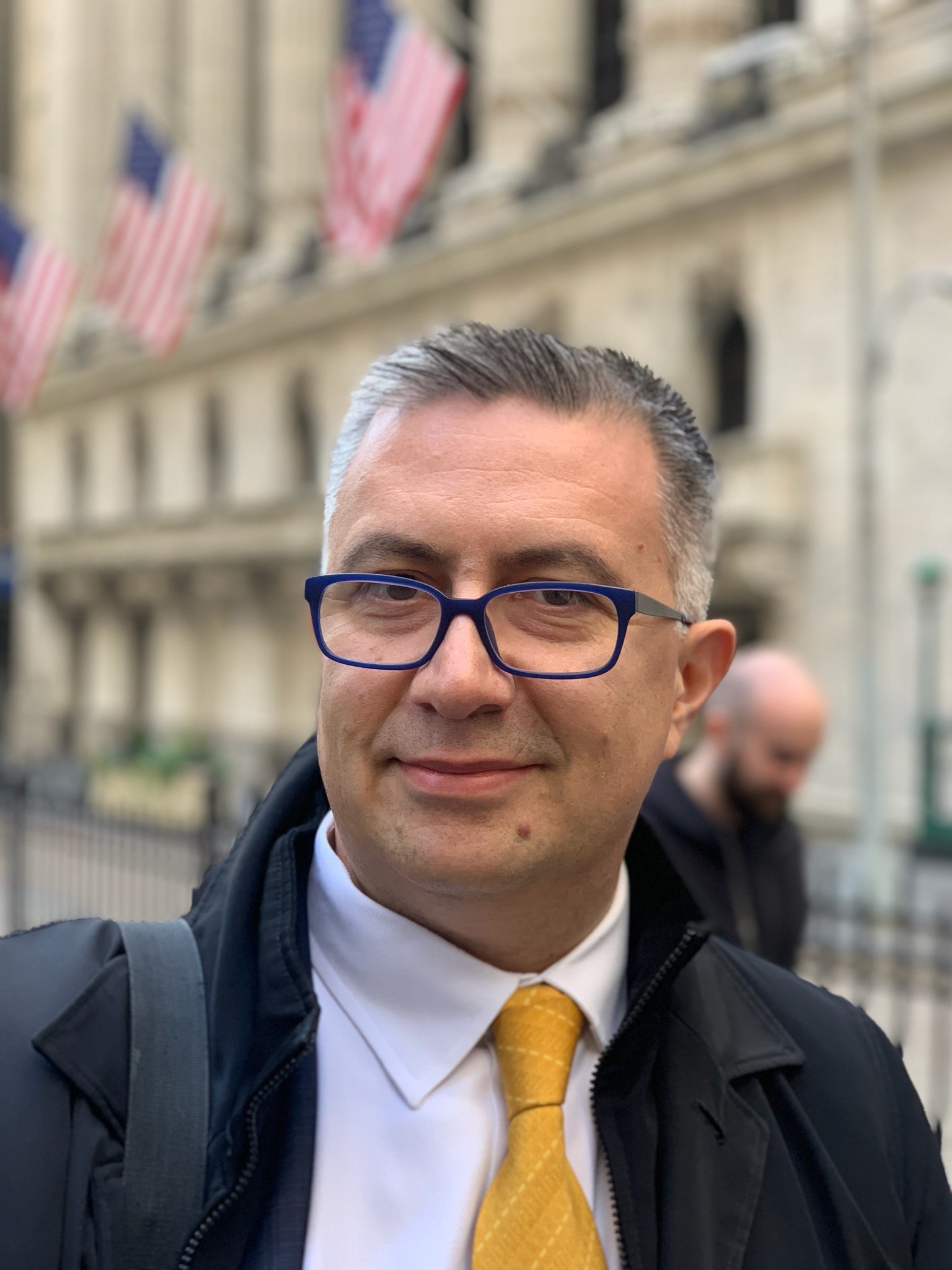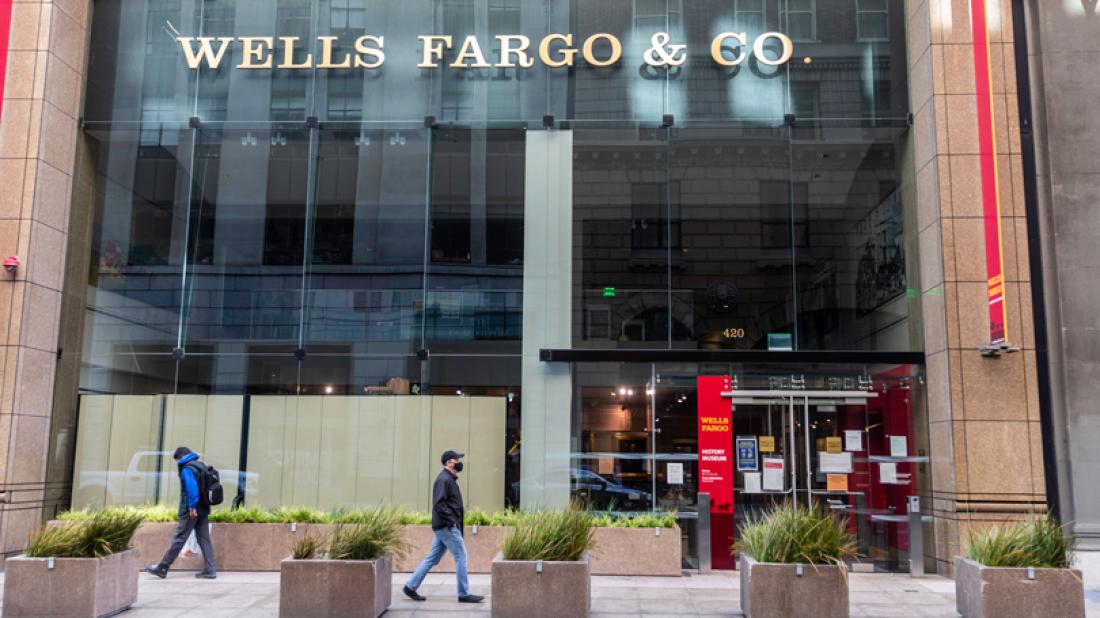Active ETFs vs Equally-Weighted: How to Maximize the Rotation Towards U.S. Mid and Small Caps
| By Amaya Uriarte | 0 Comentarios

The popularity of equally weighted ETFs is on the rise, with inflows into such strategies reaching net flows of $15.2 billion in 2024, a 289% increase compared to the $3.9 billion in 2023, according to Bloomberg data collected by JPMorgan Asset Management. However, according to an analysis by this firm, given the extreme levels of index concentration in the U.S. stock market, “it is crucial that investors fully understand the risks involved in shifting from a market capitalization-based approach to one based on equal weighting, particularly when active ETF options are also available.”
Divergences in Returns
Unlike the more traditional approach of weighting stocks based on each company’s market capitalization, equally weighted indices assign each stock the same weight in an index. Consequently, equally weighted ETFs give the same importance to all listed companies they invest in, regardless of their size. Therefore, they maintain underweighted positions in large companies and overweight positions in smaller names compared to their market-capitalization-weighted counterparts.
“Nonetheless, since the market capitalization and equal-weight versions of the S&P 500 have exactly the same components, historically the returns of both indices have been highly correlated,” according to JP Morgan AM’s analysis. More recently, however, this relationship has broken as the performance of the market-capitalization-weighted S&P 500 has been dominated by the Magnificent Seven. This handful of stocks currently represents about one-third of the market-cap-weighted S&P 500, but in the equally weighted index, where each of the 500 stocks receives only a 0.2% weight, the resulting allocation to the Magnificent Seven is just 1.4%.
The increasingly skewed risk profile of the two benchmark indices is leading to much greater differentiation in returns. The report notes that the strong market rotation in July 2024, for example, “helped the equally weighted S&P 500 post its strongest month in three years compared to its market-cap-weighted counterpart. At the same time, the traditional return correlation between the two indices hit its lowest level ever recorded.”
The Broadening of U.S. Equity Markets Favors an Active Approach
The study raises the possibility that the corporate earnings trends that have been driving the U.S. equity market may be starting to change, “with an earnings dynamic increasingly pointing towards a trend of earnings and results broadening.”
Thus, “it is likely that full-year 2024 earnings growth figures will continue to show a significant disparity between large-cap stocks and the rest, but the most recent quarterly results suggest that U.S. earnings are gradually becoming more evenly distributed across the market.”
The question, the firm notes, for investors is how best to position their portfolios to capitalize on these earnings trends. One way to do this is by investing in equally weighted ETFs, “which can offer diversification by reducing concentration in large-cap stocks.” However, this type of strategy “also introduces significant active risk without taking into account the differing prospects of individual companies.”
In contrast, the allocation to active ETFs, which allow portfolios to reflect strategic allocation decisions based on company fundamentals and market conditions, could lead to more optimal results. Active ETFs can offer tailored exposure to sectors and styles and potentially generate superior long-term returns, “while allowing investors to better align their portfolio exposure with their risk and return objectives,” as noted in the study.
Actively Investing in U.S. Equities with ETFs
Active alpha can play an especially critical role in equity portfolios when the future direction of the stock market is uncertain and more differentiated stock-level performance is expected. Currently, with the prospect of a broadening of returns in the U.S. equity market, active strategies can help investors access opportunities beyond the largest stocks.










